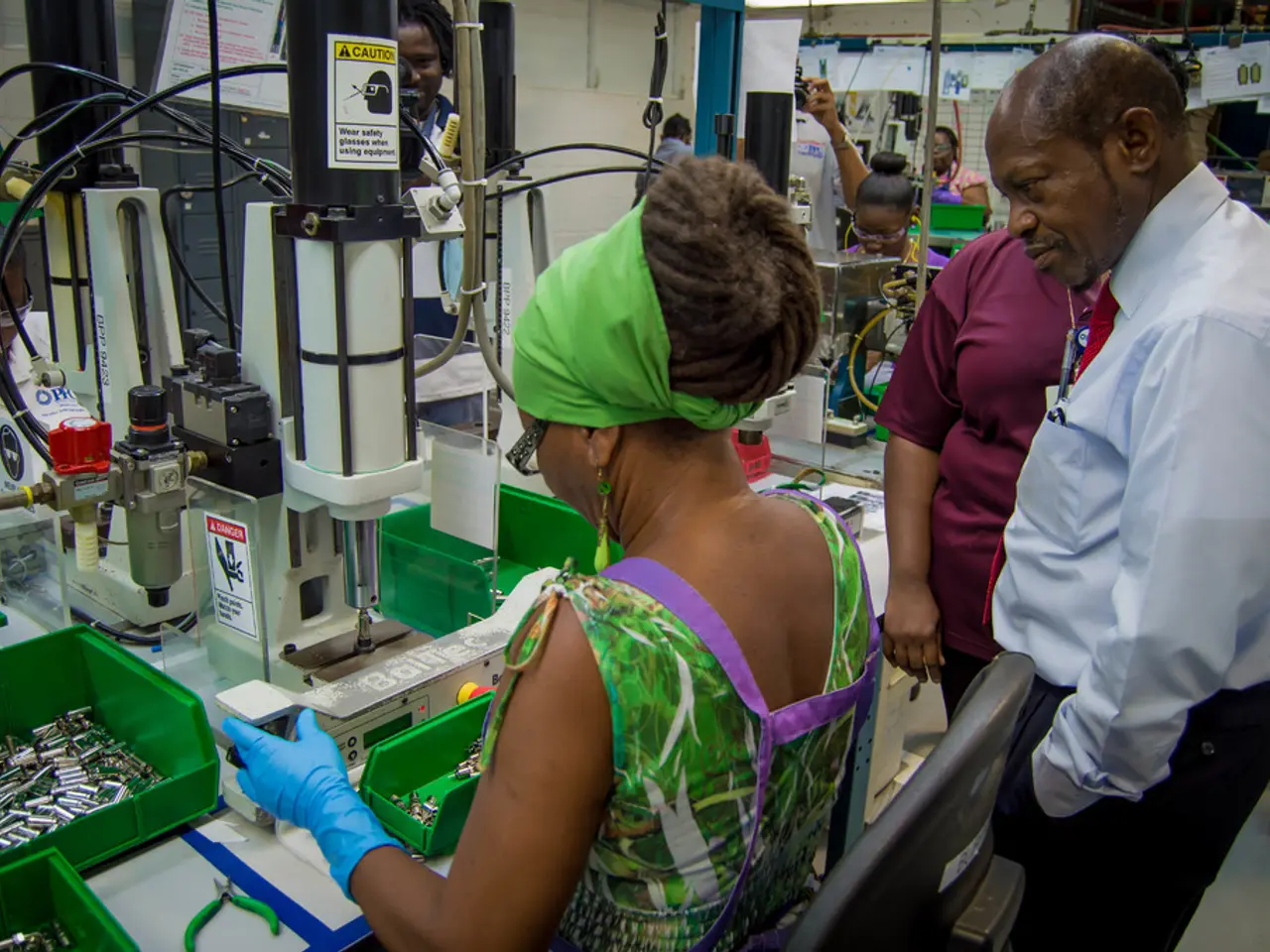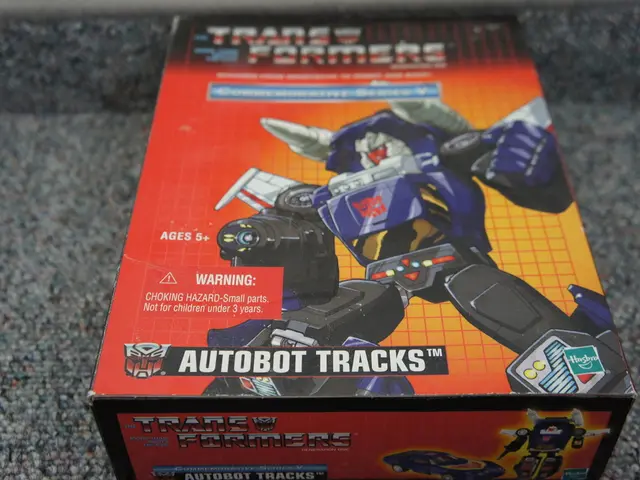Strategies for Managing Elevated Cybersecurity Threats
Headline: Strengthening Cybersecurity in Modern Manufacturing: Key Strategies and Trends
In the rapidly evolving landscape of modern manufacturing, cybersecurity has become a critical concern. A tech employee's unintentional upload of proprietary designs into an open-source AI platform in 2023 underscores the importance of responsible-use policies and employee training [1].
To build a robust security posture, manufacturers must embed cybersecurity into their business culture and operations, treating it as a core function rather than just an IT issue [2]. This integration extends from design to supply chains, ensuring that security considerations are part of every layer of operations.
Adopting regulatory and industry standards frameworks is another crucial step. Utilizing standards like ISA/IEC 62443 for industrial automation and control systems helps establish practical and harmonized baselines for security, audit readiness, and compliance across global sites [1].
Enhancing asset visibility and access governance is also essential. Improving real-time monitoring, asset discovery, and access control across traditionally siloed operational technology (OT) environments transforms regulatory compliance from reactive audits into ongoing, systematic security management [1].
Bridging the IT-OT security gap is equally important. Addressing legacy systems and weak network segmentation by synchronizing IT and OT security practices reduces the risk of intrusion and containment failures, which are major causes of breaches in manufacturing [4].
Building cyber resilience through supply chain integration is another key strategy. Manufacturing ecosystems involve interconnected suppliers, vendors, and logistics partners, so governance models should extend security controls and visibility across the entire supply chain to limit breach blast radius [2][4].
Investing in strategic cybersecurity governance is also encouraged. Proactive governance frameworks that emphasize continuous risk assessment, layered defense tactics, incident response readiness, and aligning security spending with evolving threats can help avoid costly breaches [3].
Cultivating cybersecurity talent and cross-functional collaboration is essential for tackling manufacturing-specific risks. Skilled personnel with both technical OT expertise and strategic insight, alongside breaking down silos between IT and OT teams, are necessary for effective cybersecurity in today's manufacturing environments [4].
Implementing continuous compliance and audit processes is also integral. Modern governance treats compliance not as periodic checks but as an integral, ongoing operational process supported by automation and transparency to handle tightening global regulations and cross-border audits [1].
Compliance for both IT and OT environments, data privacy, product and human safety concerns should be addressed when deploying cloud and AI technologies. Establishing industry-specific compliance standards for common scenarios and sharing specific data protection requirements with partners handling sensitive information are also important [5].
Real-time threat visibility is another crucial aspect. Deploying advanced monitoring tools that provide comprehensive visibility into both malicious attacks and vulnerabilities throughout your interconnected digital ecosystem is essential [6].
The average cost of a data breach globally reached nearly $4.9 million in 2024, up 10% from the previous year [7]. Research from Rockwell Automation ranks cyber risk as the third most significant external threat to manufacturing operations [8].
In light of these threats, manufacturers must prioritise physical and digital protection strategies in managing risk effectively across connected manufacturing environments. A leading U.S. steel producer halted some production after a cyberattack compromised certain IT systems [9]. The 2024 Verizon Data Breach Investigations Report identified over 2,300 cyber incidents targeting the manufacturing sector [10].
Comprehensive asset mapping is also necessary. Documenting all critical assets, systems, and data across every environment, including cloud infrastructures, on-premise systems, hybrid integrations, and AI/ML models, is essential for effective risk management [11].
According to the IBM X-Force 2025 Threat Intelligence Index, manufacturing retained its position as the most targeted sector globally for the fourth consecutive year [12]. The SOGU malware compromised oil and gas manufacturers in Asia by infecting a thumb drive, demonstrating the need for integrating physical and digital protection strategies [13].
In conclusion, strengthening cybersecurity in modern manufacturing requires a holistic approach that addresses both IT and OT environments, supply chain integration, talent development, and strategic governance. By turning regulatory requirements into market advantages and treating communication as a critical security enabler, manufacturers can transform cybersecurity challenges into opportunities for growth and resilience.
References:
- ISA/IEC 62443: Industrial Automation and Control Systems Security
- Manufacturing Cybersecurity Best Practices
- NIST Cybersecurity Framework
- Cybersecurity for Manufacturing: A Roadmap for Improving Critical Infrastructure Cybersecurity
- Manufacturing ISAC
- Trend Micro Deep Security
- Ponemon Institute 2024 Cost of a Data Breach Report
- Rockwell Automation Cybersecurity Report
- U.S. Steel Cyberattack
- 2024 Verizon Data Breach Investigations Report
- Asset4 Industrial Cybersecurity
- IBM X-Force 2025 Threat Intelligence Index
- SOGU Malware Affects Oil and Gas Manufacturers in Asia
- In the modern manufacturing industry, embedding cybersecurity into business culture and operations as a core function is paramount, extending from the design phase to supply chains to ensure security considerations are present in every layer of operations.
- Adopting regulatory and industry standards frameworks, such as ISA/IEC 62443, establishes harmonized baselines for security, audit readiness, and compliance across manufacturing sites worldwide.
- Investing in strategic cybersecurity governance with proactive frameworks that focus on continuous risk assessment, layered defense tactics, incident response readiness, and aligning security spending with evolving threats can help manufacturers avoid costly breaches.








